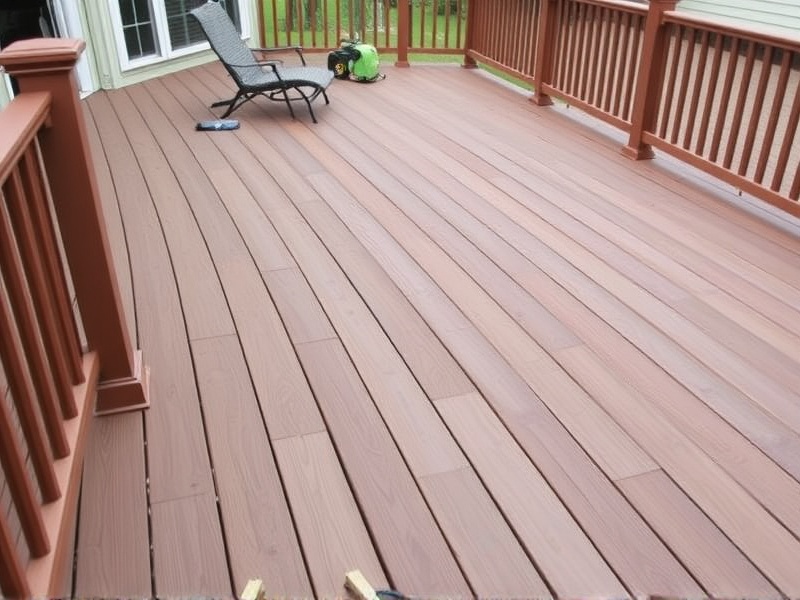Our Location
304 North Cardinal St.
Dorchester Center, MA 02124
Compare the labor expenses involved in installing composite versus wooden decks, highlighting key differences and considerations.

When it comes to choosing between composite and traditional wood for deck installations, many homeowners are often torn between aesthetics, durability, and cost. One critical factor that often influences this decision is the labor cost involved in the installation process. This article aims to provide a comparative analysis of the labor costs associated with installing composite decks versus traditional wooden decks. It will also discuss the pros and cons of each material, helping you make an informed choice.
The labor cost to install composite decking can vary significantly depending on factors such as the complexity of the design, the size of the deck, and local market conditions. On average, composite deck installation labor rates tend to be higher than those for traditional wood decks due to the specialized tools and techniques required for working with composite materials. According to a study by HomeAdvisor, the national average cost to install a composite deck ranges from $30 to $45 per square foot, which includes both materials and labor. In contrast, the same study estimates that the cost for a wooden deck is typically between $25 and $35 per square foot.
Composite decking materials are generally more expensive than traditional wood, primarily because they are made from a combination of recycled plastics and wood fibers. This blend results in a material that is highly resistant to rot, insects, and weather, requiring less maintenance over time. However, the manufacturing process and the specialized tools needed for cutting and fastening composite materials contribute to higher labor costs. Additionally, composite materials often require more precise cuts and fittings, which can increase the time and skill level required for installation.
Pros: Composite decks offer excellent durability and low maintenance, making them a long-term investment. They resist fading, warping, and staining, providing a consistent appearance year-round. Composite materials also have a lower environmental impact compared to traditional wood, as they use recycled materials.
Cons: The upfront cost is higher, and the specialized tools and techniques required for installation can drive up labor costs. Composite decks may also have a slightly artificial look compared to natural wood.
Pros: Wooden decks are more affordable and offer a natural, warm aesthetic that many homeowners prefer. They are also easier to work with using standard woodworking tools, potentially reducing labor costs.
Cons: Wooden decks require regular maintenance, including sealing and staining every few years to protect against moisture and UV damage. They are also susceptible to rot, insect damage, and warping, which can lead to costly repairs over time.
When deciding between composite and traditional wooden decks, it’s essential to weigh the initial cost against the long-term benefits and maintenance requirements of each material. While composite decks may come with higher labor costs, their durability and low maintenance needs can make them a worthwhile investment for many homeowners. Traditional wooden decks, on the other hand, offer a more budget-friendly option with a classic aesthetic, albeit at the cost of increased upkeep.